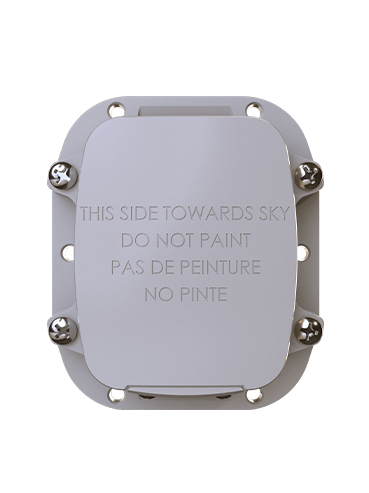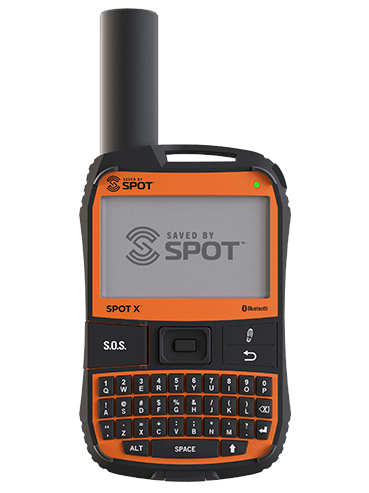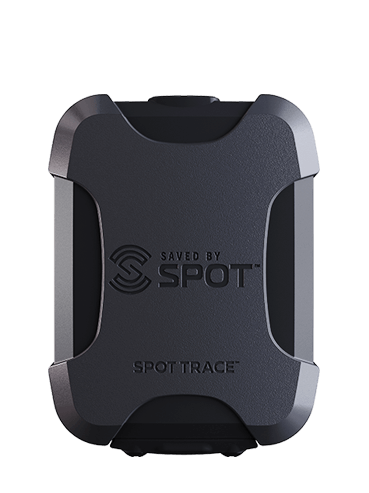IoT Security by Design Paves the Way to Easier Private Networks
IoT Device Security
As digital transformation accelerates, the world is increasingly becoming interconnected through IoT (The Internet of Things). According to an article written by IoT Analytics, the number of connected IoT devices is expected to grow to 18.8 billion by the end of 2024 and is estimated to reach 40 billion by 2030.
Enterprises around the world and across industries such as smart manufacturing, construction, transportation, government, public safety, agriculture and more, are relying heavily on connected devices, widening the opportunity of potential cyberattacks and threats of malicious activities. This has made organizations more susceptible, presenting them with security challenges that they must be aware of and address. With the number of cyberattacks increasing and becoming more frequent, old-school cybersecurity is no longer an option.
Because technology is forever evolving, hackers have gained access to more tools and improved their cyberattack skills. To prevent these advanced cyberattacks, businesses must understand their IoT devices behavior to detect any abnormalities. Implementing robust security practices across all elements of the IoT device can allow it to notify and alert administrators when an unexpected change in behavior is detected. This helps protect an IoT ecosystem from potential threats and vulnerabilities, as well as mitigate risks. Some of these security practices include role-based access controls (RBAC), encryption keys, VPN solutions and multi-factor authentication.
Security Across Device Communication Over Networks
While this is a no-brainer, IoT devices require network connectivity to operate and transmit data. When it comes to the communication aspect between IoT devices, having a highly secure and reliable network infrastructure is paramount – but not to just any network.
Private networks are much more secure than public networks as they are isolated from the public internet, making them less vulnerable to outside cyber threats and malware. To access a private network, they require authentication of some sort (i.e. password) and make it challenging for hackers to access data transmitted across the network. With private networks, organizations are in control of their data and where it goes.
Most private wireless networks come with network management systems (NMS) that allows employees to configure, monitor, and manage the network the device is connected to, as we discussed in our last blog post. Ensuring that the device is securely connected to the network is vital in order for the devices to communicate, especially when it serves a complex environment where uninterrupted data is essential, and is mission-critical to operations.
This is where Globalstar’s XCOM RAN NMS shines, as it was designed for these types of applications: facilities with challenging environments for RF signal propagation, and facilities where the network must adapt to frequent change. With XCOM RAN NMS, one can manage network configuration, user equipment (UE), operations, and software, as well as remote radio units (RRus). On top of this, it monitors performance, sets rules for quality of service and sends alerts when faults are detected. By delivering data with optimum performance to your mission-critical network, XCOM RAN NMS enables configurability and the ability to measure your network to achieve the security and performance that your organization needs.
The Future of Security in The IoT Ecosystem
Regardless of what industry or vertical the IoT device is serving, each IoT device needs robust security to assure the data flowing into and out of them is protected, and that only those who are supposed to connect can do so. It’s important to implement best practices such as data encryption and authentication to ensure that IoT data is protected as it moves through the network.
When looking at the future of security in IoT devices and how it can improve, it’s important to first think about how to embed security in every single IoT device, and to do so in a way that can scale.
The main challenge to enterprises is securing communications between all their highly connected IoT devices distributed worldwide. Uniformity becomes a barrier when trying to build and establish a holistic environment, given that the IoT ecosystem in general includes a wide range of IoT devices from various a diversified set of manufacturers, that are built on diverse guidelines and communication agreements. This is where efforts within the industry from organizations such as the 3rd Generation Partnership Project (3GPP), and the GSMA come into institute what the common standards of the IoT ecosystem are.
Ultimately at the end of the day, successful deployments of IoT devices acknowledge the challenges within the IoT industry and utilize groundbreaking solutions to drive a secure, reliable and scalable IoT device ecosystem.
To learn more information about IoT security, private networks or XCOM RAN, please visit our Globalstar website, or contact our sales team here!
 SmartOne Solar
SmartOne Solar SmartOne C
SmartOne C ST100
ST100 STX3
STX3 SPOT X
SPOT X SPOT Gen4
SPOT Gen4 SPOT Trace
SPOT Trace